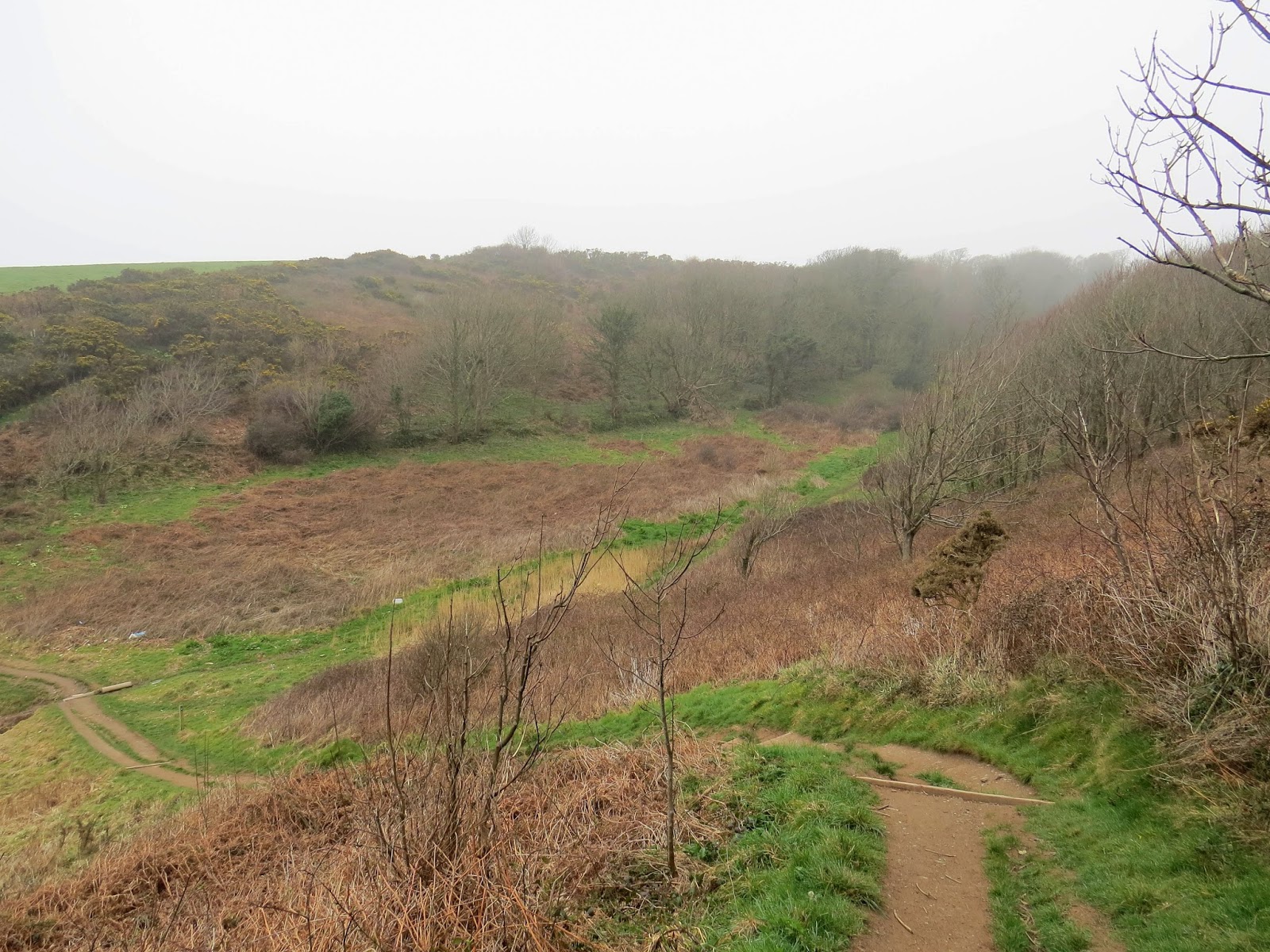A beautiful day with temperatures really climbing now (up to 18c today) made it feel like the coast should be crawling with migrants fresh in but once again it was not to be. A lone female Wheatear was intriguing since it was carrying a well grown tick just above its right eye. Given the time of year and that this was probably a recently arrived migrant it was highly likely that that this tick was picked-up in Europe or possibly Africa and had hitched a ride to the UK.
Female Wheatear - Pennington Marsh
Otherwise, there was a real in-between feel to the day with few winter visitors present and no significant numbers of migrant. Breeding residents were in full swing though with the local male Grey Heron showing a bill flushed with breeding finery and the local Lapwings in full display. Many of the female Lapwing are now sitting tight on eggs with the males in a seemingly endless pursuit of passing crows.
Grey Heron - Pennington Marsh
Lapwing - Pennington Marsh
Female Teal - Pennington Marsh
A brief stop at Denny Wood produced the first Redstart on territory but this bird was very elusive singing from deep within the canopy of an Oak and only giving the briefest of views. The local Nuthatch were far more obliging as they gathered damp mud to size a suitable nest hole.





























